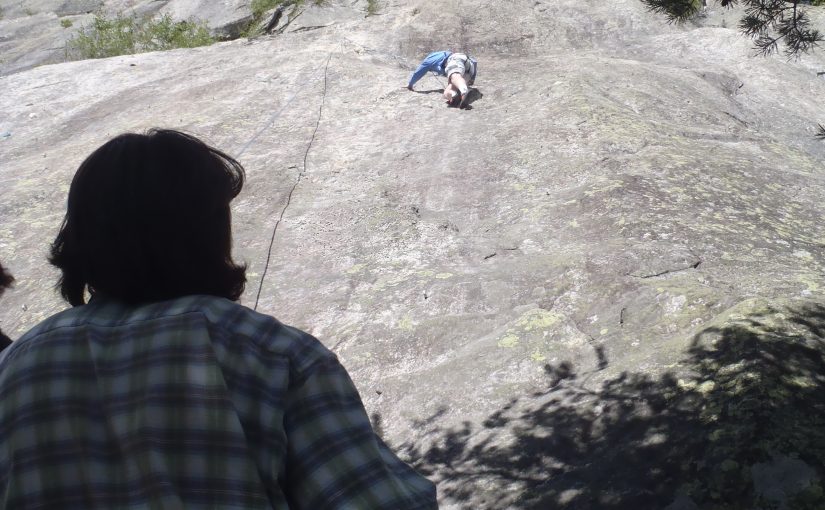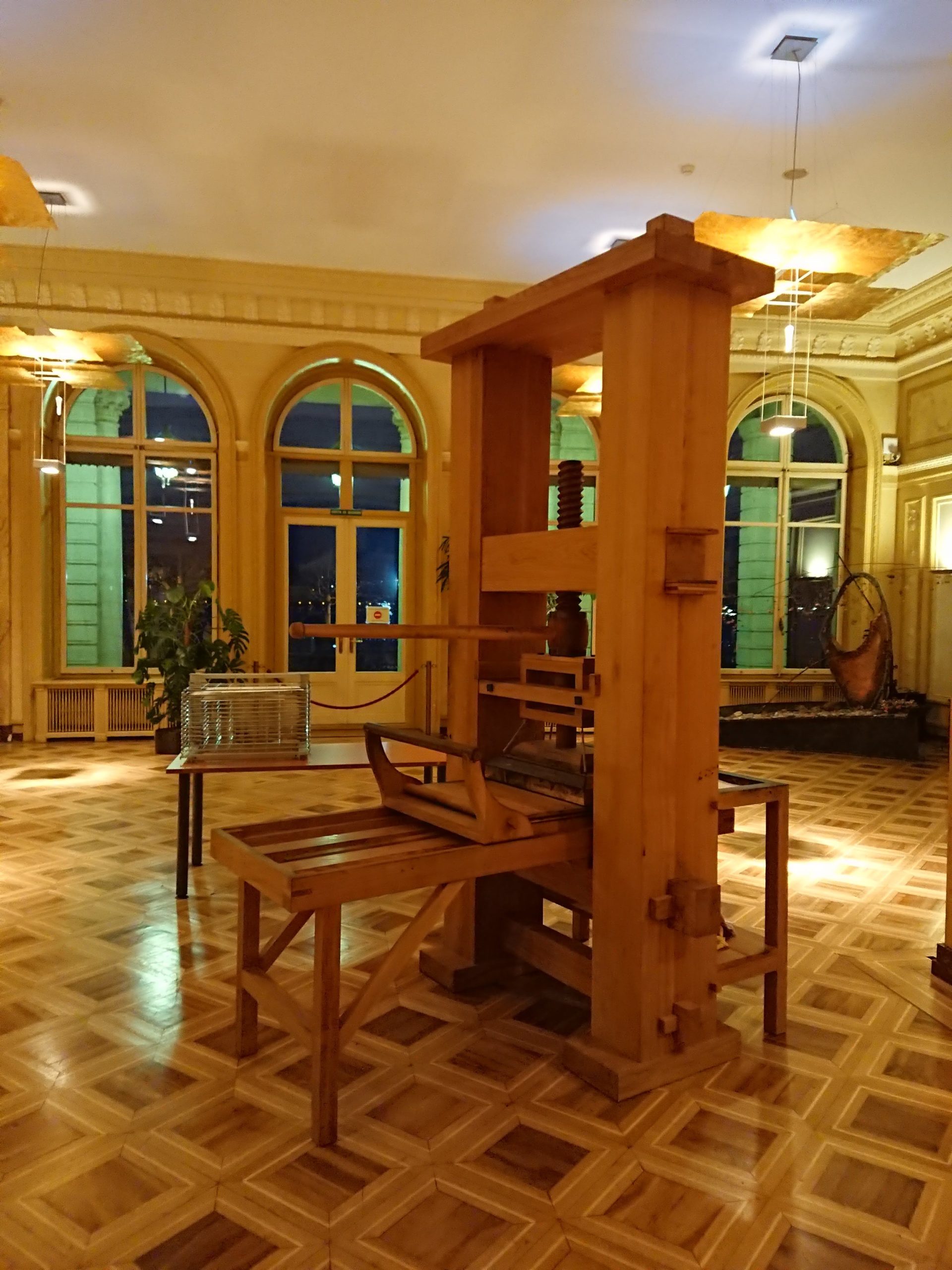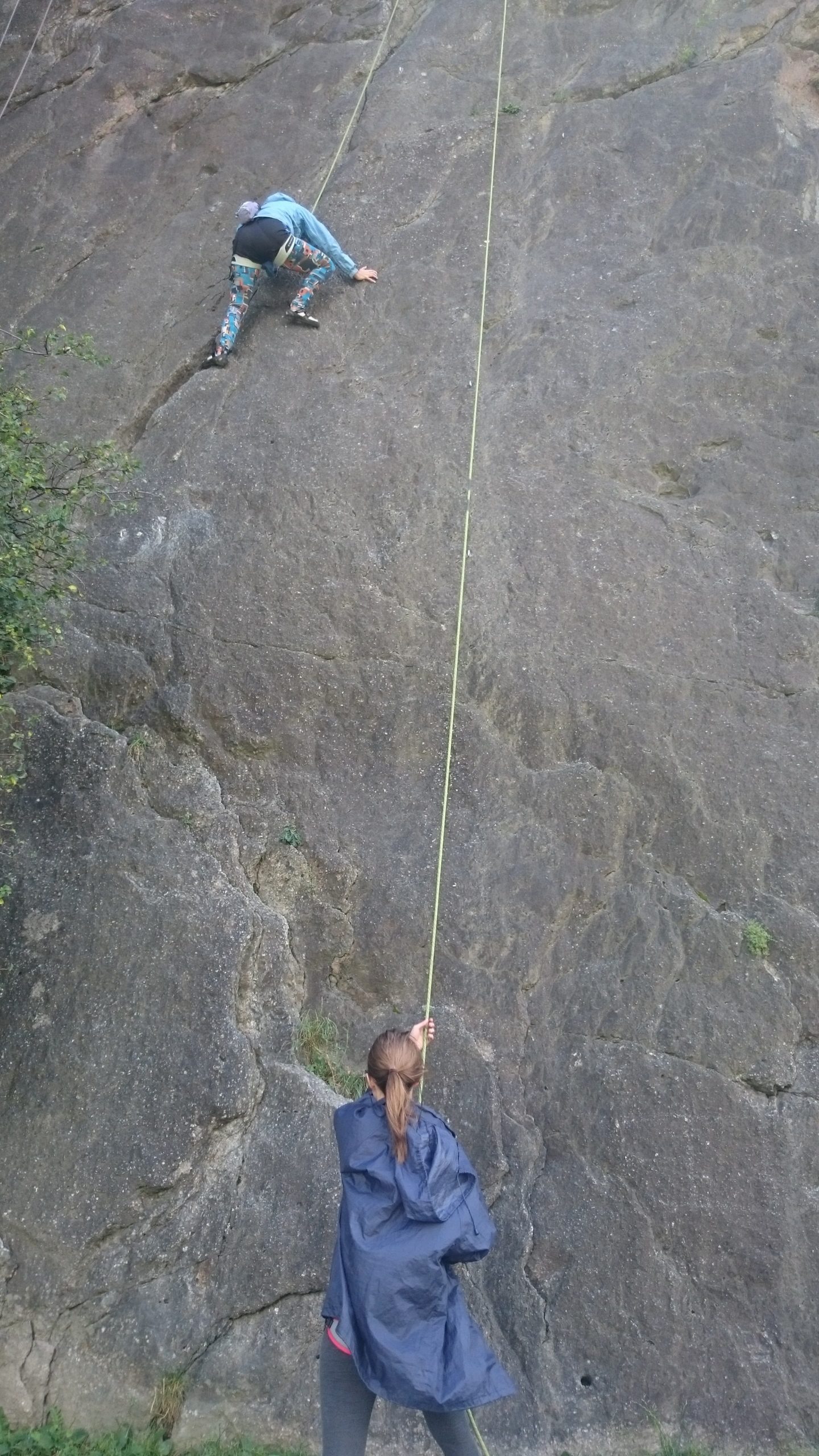Category: collaboration
-

Gallantry and Rock Climbing
Reading Time: 6 minutesGallantry and Rock Climbing are a good combination. In Rock climbing the person with more experience or comfort helps the person with less comfort. In some cases it might be helping people walk on trails and in other cases it may be walking at the pace that is comfortable for others. According…
-
First time directing a multicam
Reading Time: < 1 minuteDirecting a Multicam is easy, after being a cameraman at many conferences. it’s a matter of knowing which shots you would like to have had with just one camera but couldn’t get. It’s easy, switching from one source to another and making sure the pacing is right and that there are…


